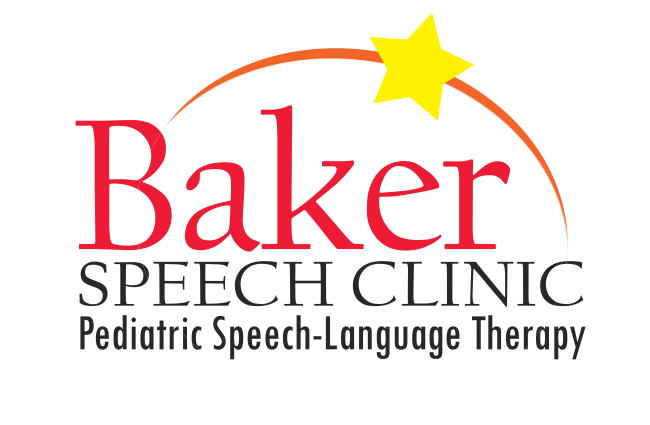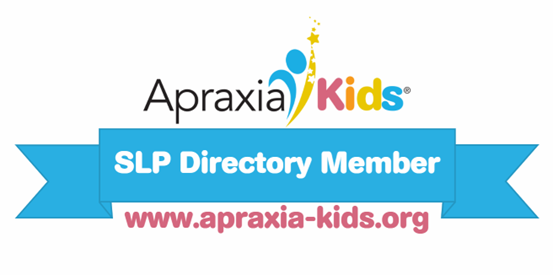Childhood Apraxia of Speech (CAS) is a neurological childhood speech sound disorder characterized by impairments in the precision and consistency of speech movements in the absence of underlying neuromuscular deficits. Children with CAS have difficulty learning and executing complex sequenced movements necessary for intelligible speech.
CAS is not as common as other speech sound disorders. About 1 in 1000 children are suspected to have childhood apraxia of speech.




